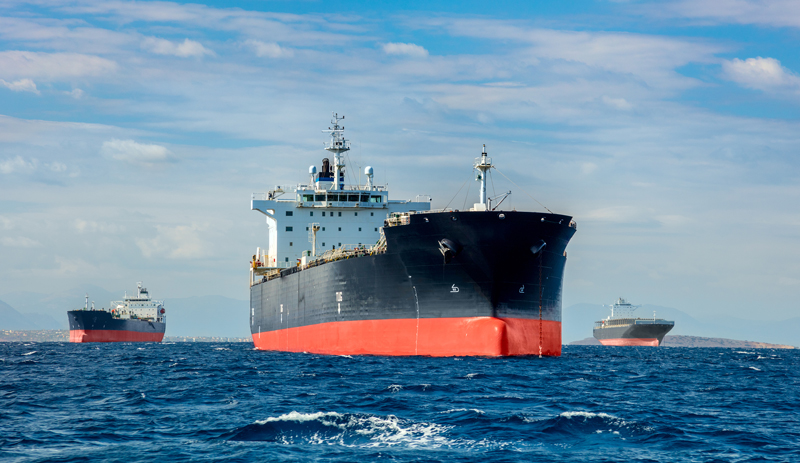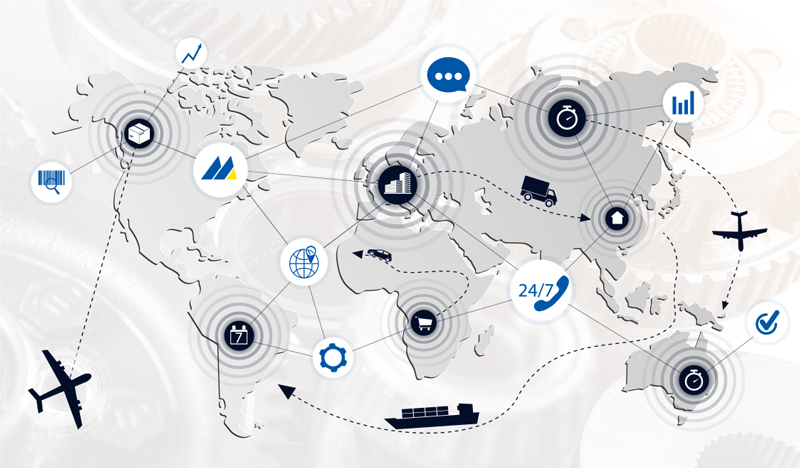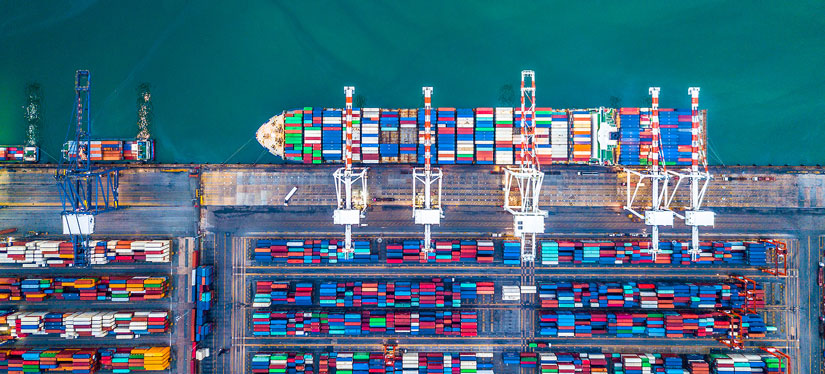Ship congestion around the ports of Los Angeles and Long Beach hit an unexpected level, deteriorating the bottleneck at the busiest entryway for U.S. Sea Freight Imports.
A record of 38 holder ships are anticipating space – 36 at anchor and two more that were coordinated to stand by in assigned regions adrift until ports are accessible, the Marine Exchange of Southern California said in a note late Thursday. It’s the first run through since 2004 that supposed float zones have been utilized to oversee traffic into the adjoining ports.
Exactly how long it keeps going depends on whether the transporters keep up booked sailings to the U.S. or then again drop a few excursions in coming weeks. The most ideal situation to assuage the pressing factor: an occasional decrease in shipments from Asia after Chinese New Year in mid-February.
Recollecting Peak China
Southern California’s main port complex has overseen through gridlock previously, most as of late a scene brought about by a work debate in 2015. The port framework likewise took steps to be overpowered in 2004 when – three years after China joined the World Trade Organization – many boats loaded down with Chinese products additionally demonstrated a test.
The principle distinction currently is payload ships are significantly greater and take more time to dump, and Covid-19 presents a large group of working environment challenges on the waterfront.
The vessels drifting off Los Angeles have ability to convey just about 300,000 holders estimated by 20-foot comparable units, as per the marine trade’s rundown. L.A. says it’s hoping to deal with 155,000 inbound holders one week from now, 80% over a year back, and Long Beach gauges taking in just shy of 100,000.
On top of the sheer volume of the stacked vessels, port specialists are confronting another round of nasty climate Friday that could make for rough conditions. Recently solid breezes and 17-foot (5.2-meter) swells incited a few vessels to raise anchor and look for wellbeing endlessly from shore.
Deteriorating
For the lined boats, the stand by seems to go from a few days to almost fourteen days. The boat that is preferred choice to move into billet showed up on Jan. 16, as indicated by the marine trade’s most recent records. In excess of twelve compartment transporters are booked to turn up in the following three days.
Boats are accumulating outside Los Angeles and other major U.S. ports as American organizations attempt to restock stockrooms and shoppers – lacking travel and other diversion choices during the pandemic – purchase more items for their homes.
Aggravating the logjams are issues ashore like debilitated longshoremen, social-separating limitations for the individuals who are working, and deficiencies of hardware and drivers to move the compartments.
Organizations including Sweden’s Ikea have made clients aware of possible disturbances from worldwide vehicle delays. Michigan-based machine creator Whirlpool Corp. is paying more for quicker choices like air freight to get its segments and items on schedule. Different firms are managing providers that are bogged down.
“The port circumstance truth be told is really deteriorating constantly, worse,” Michael Speetzen, between time CEO of Minnesota-based rough terrain vehicle producer Polaris Inc., said by a record of a phone call this week. “So we realize that we will be battling that.”

Resourceful and innovative Marketing Pro, with 20+ years of progressive experience in the marketing and creative technology industry. Responsible for digital and traditional marketing efforts that promotes brand awareness, increases engagement, and drives revenue.



















